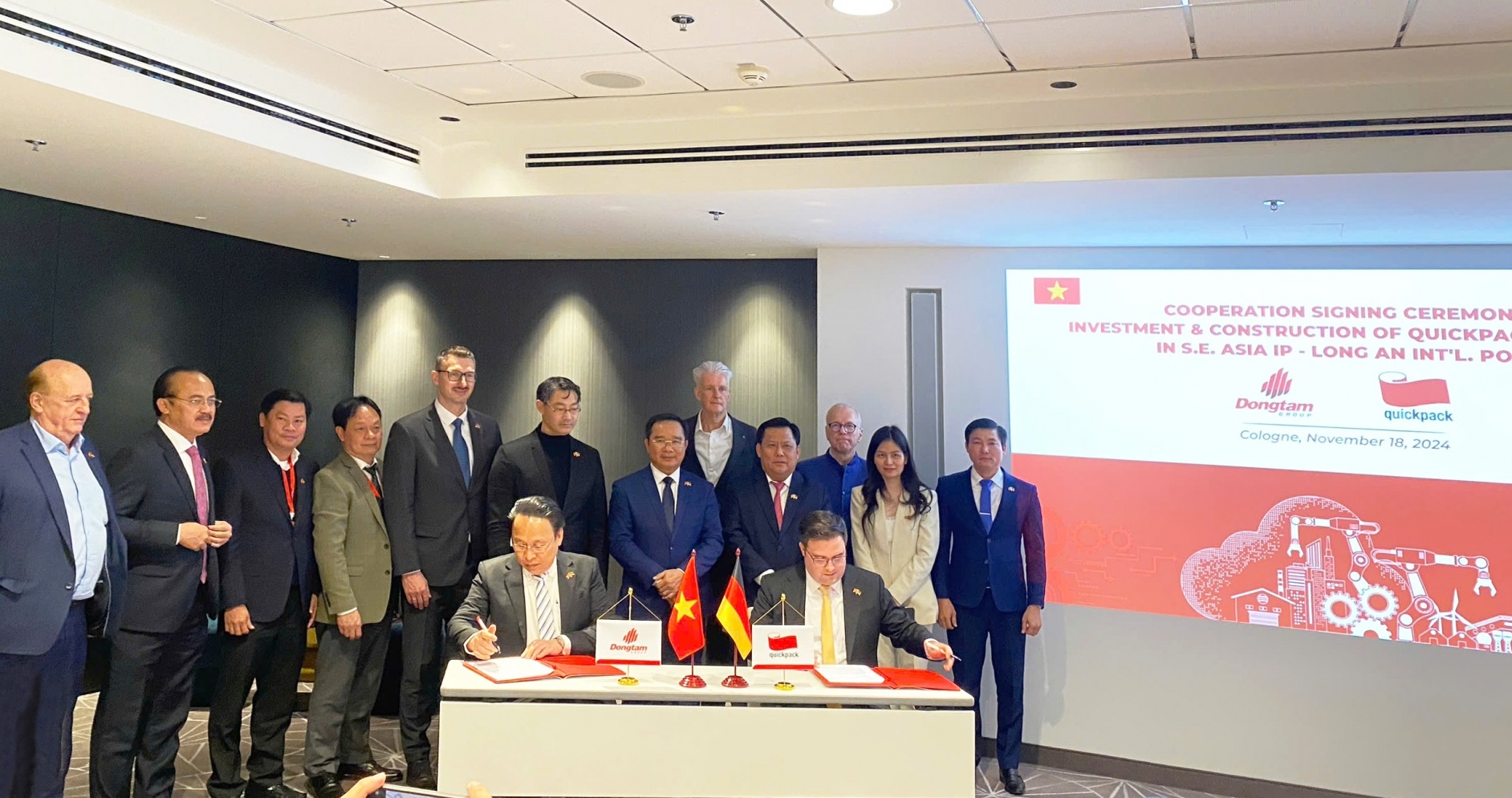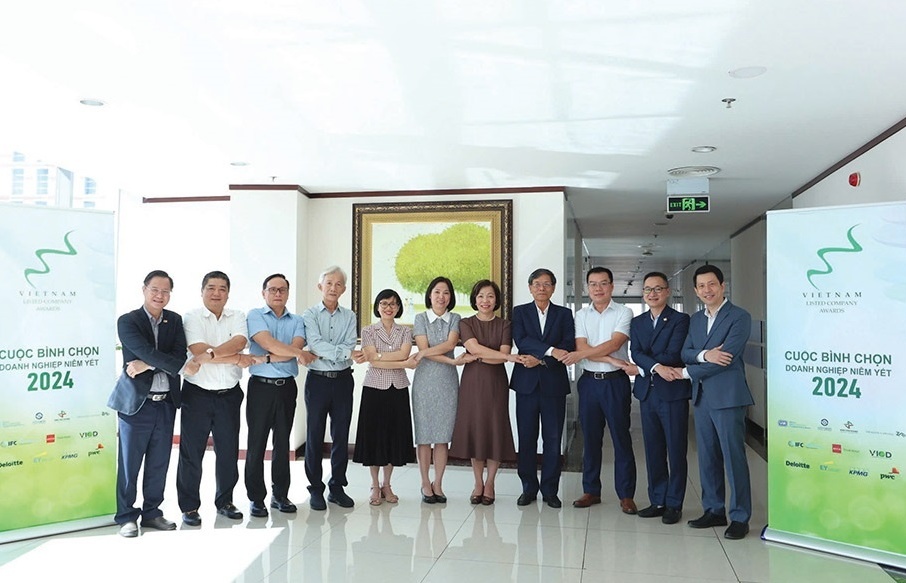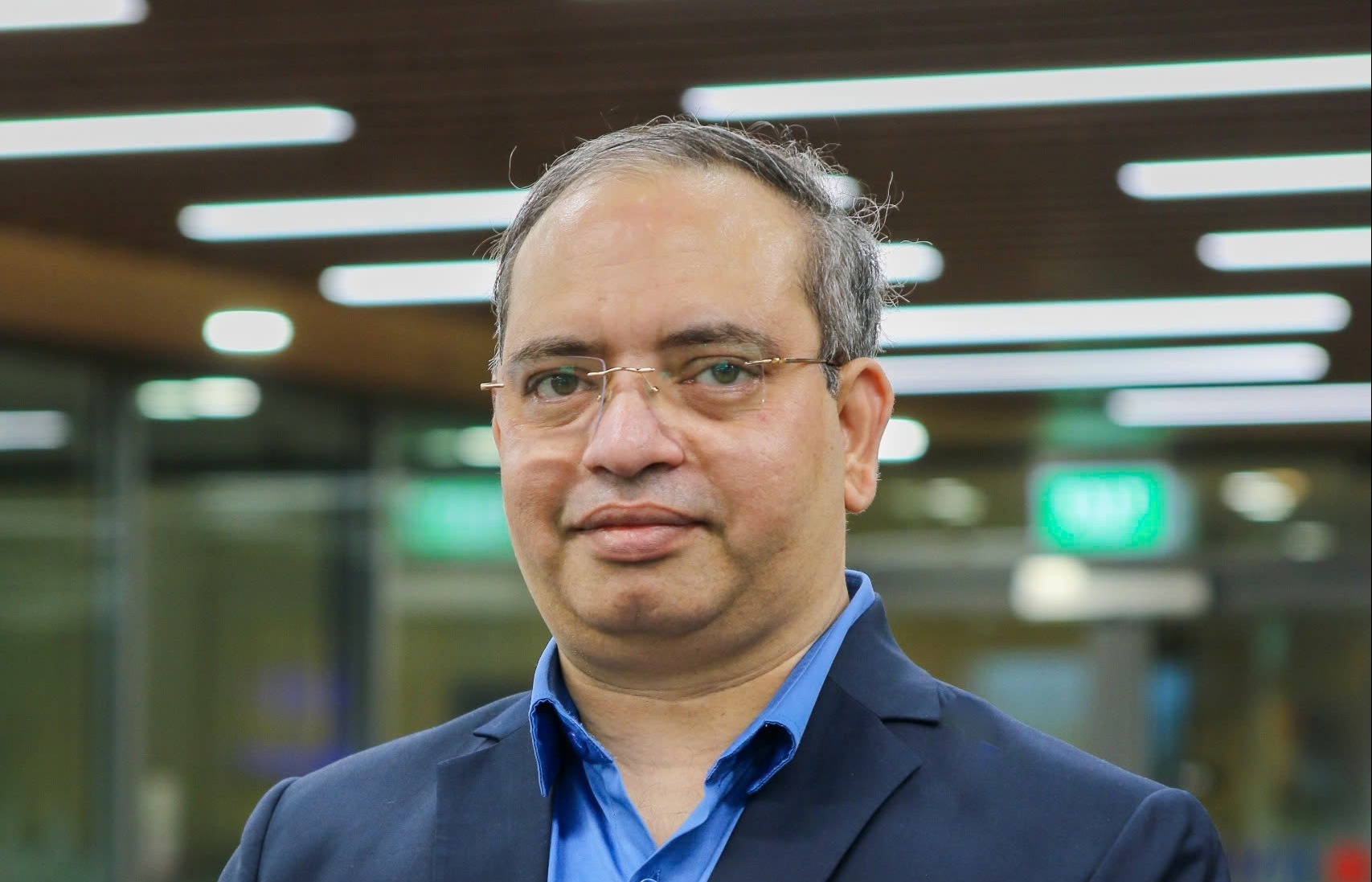Another step closer towards direct Vietnam-US flights
As Vietnam Airlines is going to open direct flights to the US, Tran Thi Bao Thu, communications director of Fiditour JSC, said that travel companies like hers and passengers will profit from it.
The number of tourists on trips to the US had steadily increased over the years before the pandemic, but transit remains a hindrance. Currently, the transit fees from Vietnam to the US can amount to $3,500-7,400.
 |
| Another step closer towards direct Vietnam-US flights |
Vietnam Airlines will open a new direct route to the US with the initial arrival options being San Francisco or Los Angeles, while Vietjet and Bamboo Airways are also expressing their interest in such routes. Do Xuan Quang, deputy general director of Vietjet, said that the airline has deployed cargo flights from Hanoi to Los Angeles and Chicago using Boeing 747 aircraft.
There is currently no airline operating direct flights to the US from Vietnam. According to Dinh Viet Thang, director of the Civil Aviation Authority of Vietnam, the route is 12-13 hours long and airlines have to recalculate loads or buy more modern aircraft. To fly straight to the US, Thang explained, Vietnam Airlines’ wide body aircraft (B787, A350) has to reduce their load by reducing cargo volume or the number of passengers.
Thus, making a viable business plan for a direct flights to the US is a difficult exercise. Groups including Vietnam Airlines typically spend about 10-15 per cent of the total cost on fuel, while fuel consumption varies widely depending on age and type of the aircraft as well as the length of each flight.
Long-haul flights, such as to the US, correspond to lower fuel costs per mileage and a lower number of available seats since takeoff and landing consume significant amounts of fuel.
Regionally, Singapore Airlines has developed direct flights to the US since 2018, with tickets priced at $740-870 per passenger depending on the chosen class. Thai Airways, Malaysia Airlines, and Philippines Airlines are also planning to develop direct flights to the US but have not yet done so.
Vietnam has more than one million expatriates and a large number of international students in the US, creating certain advantages for Vietnam Airlines compared to regional airlines when implementing direct US flight plans. However, Vietnam Airlines still needs business passengers as their travel frequency can bring about a sustainable financing of the route.
Directs flights to the US must rely on cost competition and revenue. Flying directly to the US, Vietnam Airlines will have to compete with other international airlines with competitive fares, while the cost of such a route will also add pressure to the company’s budget planning. Vietnam Airlines estimates that the initial loss may reach more than $30 million in the first years of operation and it could take 5-10 years to break even with such a route.
Vietnam is one of the fastest-growing air transport markets in the world, having grown at about 15.8 per cent a year during the last decade. Vietnam Airlines forecasts that the international aviation market will recover by 2023, but revenue and costs, the problems causing the airline’s headaches, will remain even after a full reopening of international routes.
Dang Ngoc Hoa, chairman of Vietnam Airlines’ Board of Management said, “There are problems arising from the interaction of state-owned enterprise management agencies and aviation companies. Policy mechanisms and business culture, two main factors resonating with the pandemic, have exacerbated the issues of Vietnam’s aviation industry.”
Hoa pointed out that air fares have been adjusted according to a circular issued by the Ministry of Transport in 2019, causing difficulties for domestic airlines. However, as Vietnam has been deeply integrated into the world’s economy, Hoa said, “it is necessary to minimise the participation of state management agencies in enterprises’ business activities.”
Hoa added that Vietnam Airlines has invested in new generation aircraft, such as the A350 and Boeing 787, as well as 4-star services and is now moving towards upgrading to 5-star standards to stay competitive in the region and the world.
As it holds a large controlling stake in Vietnam Airlines, the government is forced to take responsibility for investments and avoid the loss of state capital by national airlines. To do so, the chairman of Vietnam Airlines also proposed to continue reducing the take-off and flight management fees for airlines until the end of 2021, as well as reducing environmental tax on kerosene from VND3,000 (13 US cents) to VND2,100 (9 US cents) per litre until the end of the year.
What the stars mean:
★ Poor ★ ★ Promising ★★★ Good ★★★★ Very good ★★★★★ Exceptional
Related Contents
Latest News
More News
- Trump's trade policies could shape Vietnam's economic outlook: Dragon Capital (November 15, 2024 | 16:56)
- Prioritising corporate governance for Vietnam’s sustainable growth (November 14, 2024 | 16:50)
- Vietnam eyes nuclear revival to bolster energy security (November 14, 2024 | 16:46)
- German businesses explore investments in Dong Nai (November 08, 2024 | 18:02)
- Vietnamese consumer sentiment outperforms regional averages (November 08, 2024 | 18:00)
- Exchange and interest rates forecast to remain stable after US election (November 07, 2024 | 14:04)
- Industrial real estate stocks benefit from US election results (November 07, 2024 | 13:56)
- 2024 sees $1.41 billion in fintech funding so far (November 07, 2024 | 08:13)
- Trump at 266 electoral votes, Harris at 195: US media (November 06, 2024 | 14:30)
- Hanoi targets digital and high-tech investment with upcoming event (November 06, 2024 | 13:28)




 Tag:
Tag:


















 Mobile Version
Mobile Version